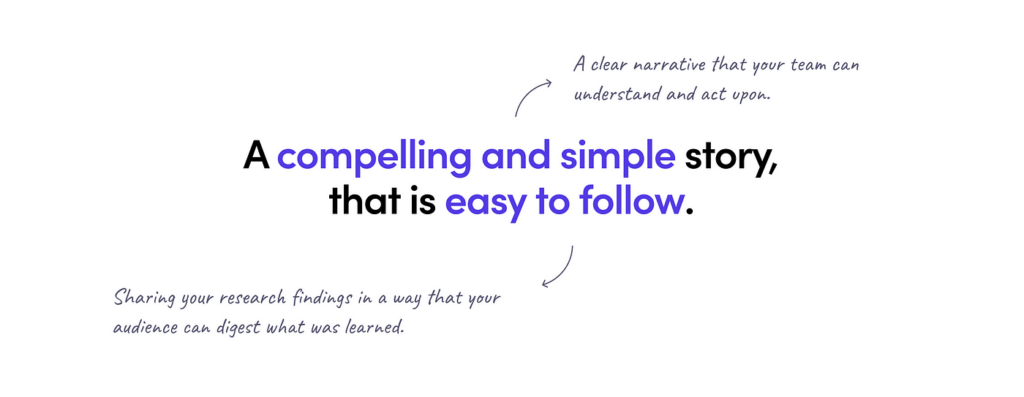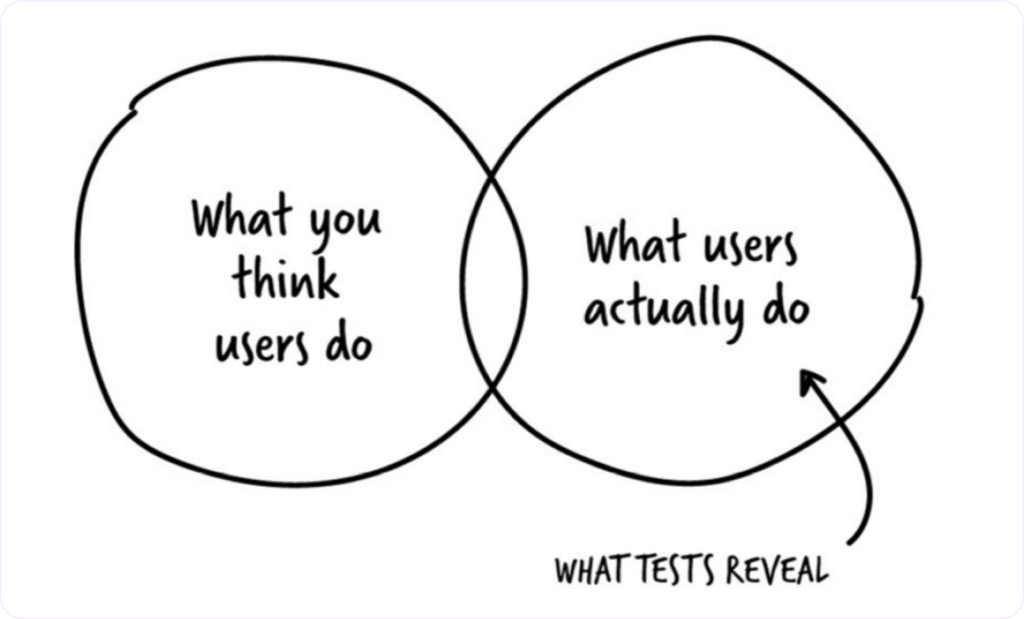Why Storytelling Matters in UX
Storytelling is a fundamental part of human communication, helping us make sense of complex information and form emotional connections. In UX design, storytelling transforms mundane tasks into compelling experiences. It allows designers to craft journeys that evoke emotions, making the user feel like an integral part of the product’s narrative.
- Storytelling helps guide users intuitively through complex processes.
- It builds emotional connections that enhance user engagement and retention.
- Narratives can humanize digital experiences, making products more relatable and memorable.
Example:
Consider the onboarding process of a fitness app. Instead of simply asking for details, the app creates a story by positioning the user as a “hero” embarking on a health journey. By framing features as “tools” for the user’s success, the app turns an otherwise standard setup process into a motivating story that keeps users engaged.

Elements of Storytelling in UX Design
Successful storytelling in UX relies on key narrative elements: characters, conflict, resolution, and setting. When these elements are infused into design, they help structure the user journey in a way that feels engaging and purposeful.
- Characters: Users should see themselves as the main character, with the product acting as a guide (like Yoda in Star Wars!).
- Conflict: Addressing user pain points and presenting challenges keeps users interested.
- Resolution: The product offers solutions, showing users how it resolves their problems.
- Setting: The UI and branding set the tone, much like a story’s world-building. Visuals, typography, and language all contribute to the mood of the user journey.
Example:
Airbnb’s website is a masterclass in storytelling. It focuses on the user as the main character—whether they’re a traveler seeking adventure or a host offering their home. The conflict is solved by matching travelers to their ideal destinations and homes, all while maintaining an aesthetically cohesive “setting” that reflects the brand’s warm, inviting ethos.

Practical Ways to Incorporate Storytelling into UX Design
Storytelling doesn’t need to be grandiose; small, thoughtful details can make a big difference in creating a narrative for your users. Here are some practical ways to weave storytelling into your designs:
- User Journeys: Map out the user’s story arc. This can be as simple as identifying the starting point (awareness), the challenge (using the product), and the resolution (achieving their goal).
- Microcopy and Visuals: Use microcopy to convey the narrative. Friendly, conversational language and storytelling visuals (e.g., illustrations, animations) make the journey more personal and relatable.
- Progress Indicators: Show users how far they’ve come and what’s left to achieve, just like chapters in a story. It reassures them that they are progressing and motivates them to reach the “end.”
- Onboarding and Tutorials: Tell a story during onboarding by guiding users through an experience that gradually introduces them to your product. Focus on small wins and success milestones along the way.
Example:
Duolingo, a language-learning app, excels in storytelling by incorporating gamification and progress tracking. The app positions learning as a challenge, with users achieving small victories (badges, rewards) as they progress through lessons. This creates an engaging narrative that keeps users motivated to continue their learning journey.

The Emotional Impact of Storytelling
At its core, storytelling is about emotion. Successful UX storytelling makes users feel something, whether it’s joy, excitement, empathy, or relief. By designing experiences that evoke specific emotions, you create a stronger connection between the user and the product.
- Emotional engagement increases user satisfaction and loyalty.
- A well-told story encourages users to spend more time interacting with your product.
- Users are more likely to recommend and remember products that emotionally resonate with them.
Example:
Slack, the workplace communication tool, humanizes its product with playful, humorous messaging. By infusing their product with warmth and personality, Slack creates an emotional bond with users, transforming what could be a dry, corporate tool into something people genuinely enjoy using.











 by ideoz
by ideoz